Open to Practitioners, Advanced Trainings are usually 2-5 days long.
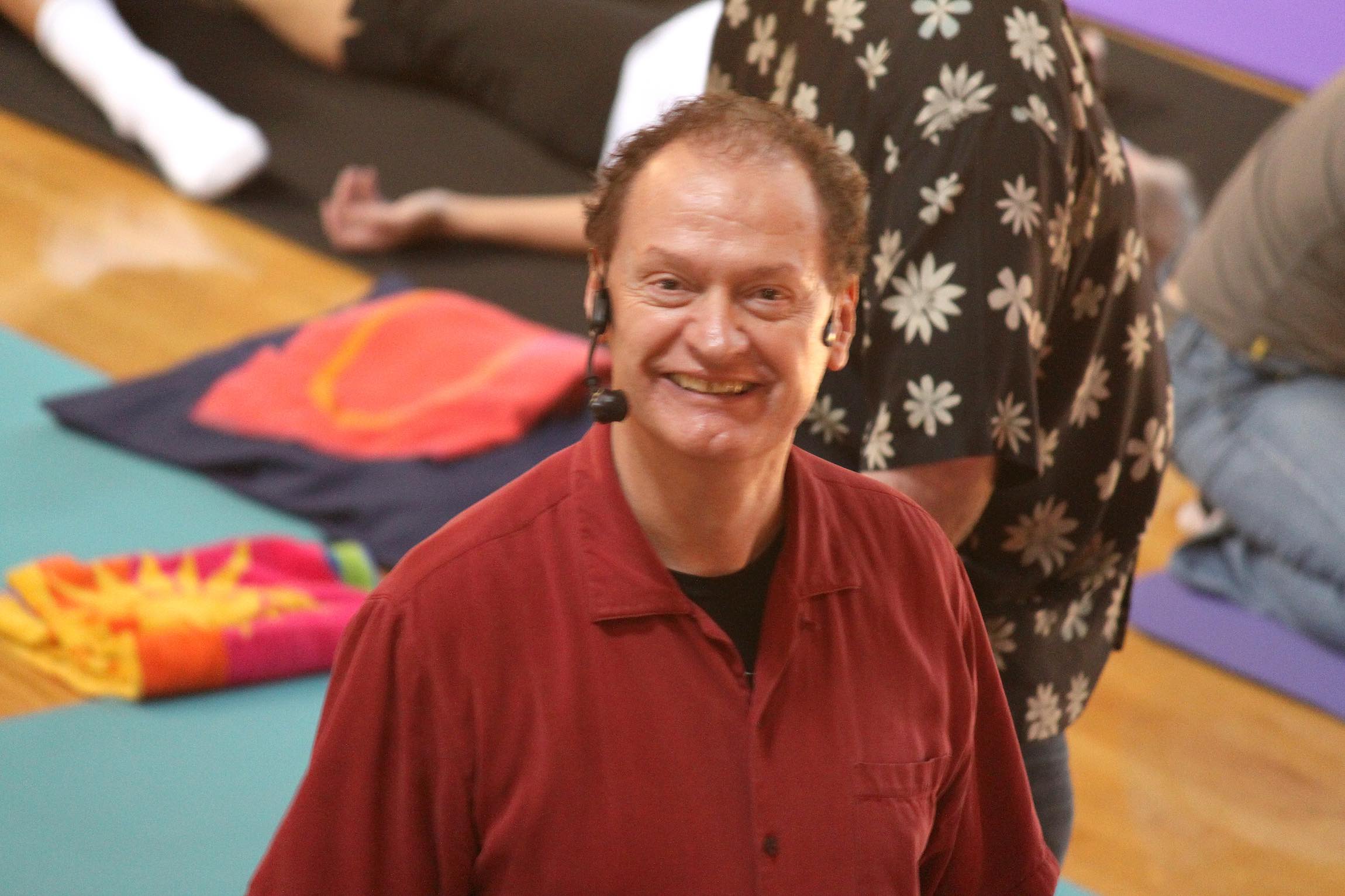 Advanced Trainings and Presentations:
Advanced Trainings and Presentations:
- Neuroplasticity and Learning
- Presenting the work of Dr. Moshe Feldenkrais
- How to Prepare Yourself
- Finding the Core of a Lesson
- Follow that Bone
- The Evolution of Learning
- The Motor Concept
- Ligaments and Tendencies
- Orientation/Anxiety/Pleasure
Contact us for more information on sponsor or schedule one of these seminars/presentations.
Frank Wildman hands down and hands on to us the richness and complexity of the Method directly from its founder, Moshe Feldenkrais.
-Michael McClure, Obie Award–winning playwright, poet and author of The Beard and Scratching the Beat Surface
I am moving in ways I have never moved before. Not only have my movements of balance, turning, and focus improved, but the quality of my movement is different. Dr. Wildman is an incredibly perceptive and intuitive support for your own self-discovery. He knows what you need before you know what you need.
-Erin Harper, Dancer/Choreographer, Filmmaker
His knowledge of the body in motion, of people's issues and resistances and how they manifest in the body, and of Moshe Feldenkrais' system are so informed and thorough that his work is beyond compare.
-Shellen Lubin, Director, Voice and Acting Teacher, and Coach
Neuroplasticity and Learning: Further Adventures in the Jungle of the Brain
“Mind, the unconscious, and will are functions; they have no existence before action has taken place.” -Moshe Feldenkrais, The Potent Self
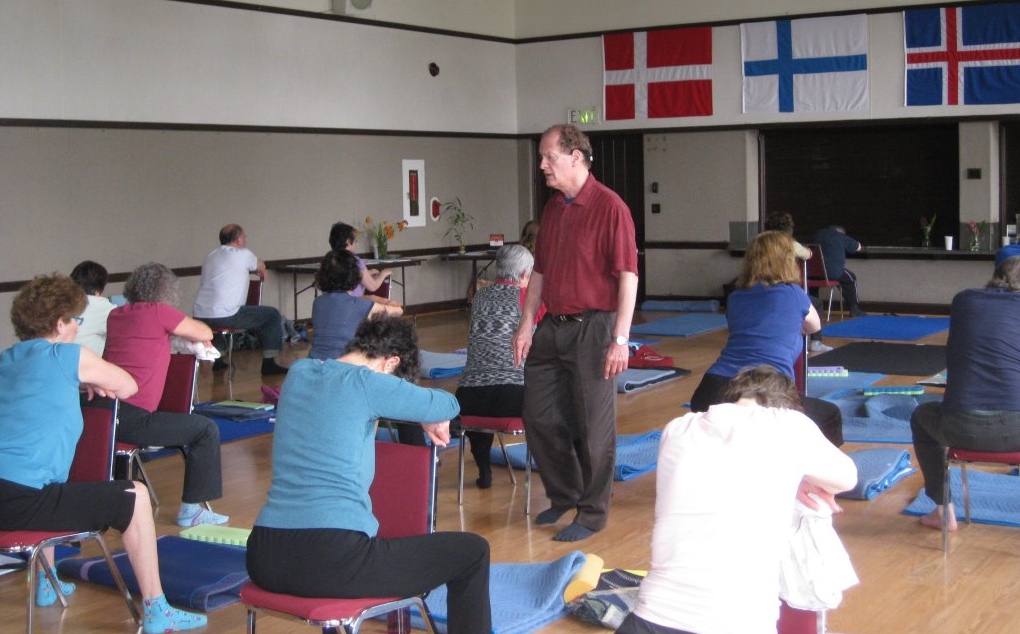 Sigmund Freud travelled “the royal road to the unconscious” through dreams and direct questioning. Dr. Moshe Feldenkrais observed how movement and sensation can access a similar place. Working with this new “royal road”, Dr. Feldenkrais anticipated discoveries in neuroscience that were generations ahead of his time. Now, in a unique training, Frank Wildman combines these varied understandings of the brain and its capacity for change.
Sigmund Freud travelled “the royal road to the unconscious” through dreams and direct questioning. Dr. Moshe Feldenkrais observed how movement and sensation can access a similar place. Working with this new “royal road”, Dr. Feldenkrais anticipated discoveries in neuroscience that were generations ahead of his time. Now, in a unique training, Frank Wildman combines these varied understandings of the brain and its capacity for change.
In neuroscience and cognitive science, there are two views of the brain: the ‘dry view’, as though the brain was a supercomputer quantifiable through electrical impulses, and the ‘wet view’, a more fluid vision of a biological entity, a vast collection of neurotransmitters intimately integrated with the body. In this training, Frank Wildman will expand on the wet view, which is more congruent with Moshe’s integrated understanding of the bodymind.
Frank Wildman has developed movement lessons, as well as hands-on lessons, to help you find ways to sense, learn and teach in the context of emerging brain research. By understanding the history of Freud’s road to the subconscious and subsequent shifts in the science and philosophy of the mind, you can deepen and empower your interactions with clients.
Presenting the work of Dr. Moshe Feldenkrais
Whether it's an initial interview with a client, your first visit to your prospective in-laws or a presentation for medical professionals, artists, athletes, or the general public, your style of answering this question can determine whether you gain rapport or not. This in turn can make the difference between gaining your livelihood with this work or not.
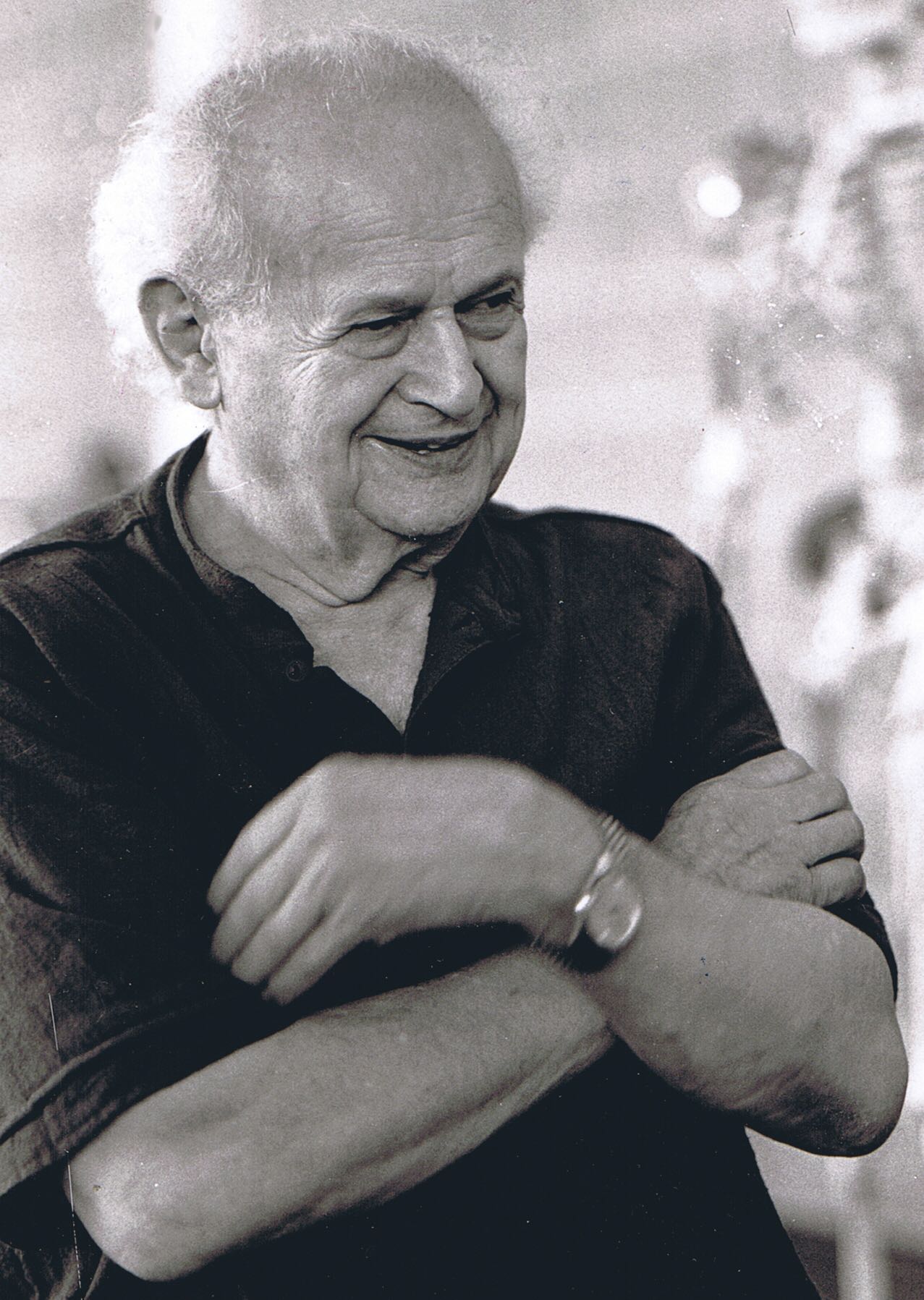 It can be a challenge to introduce this work to professional and other audiences. We need skills in design and presentation to effectively communicate to communities outside our own.
It can be a challenge to introduce this work to professional and other audiences. We need skills in design and presentation to effectively communicate to communities outside our own.
The ability to present yourself and Dr. Feldenkrais' work in an effective and interesting manner, are as important as your movement, hands-on, and teaching skills. This may very well be the most crucial workshop you can take to sustain your career and further the recognition of the work of Dr. Moshe Feldenkrais.
We will use theater exercises and video feedback to make your personal style of communication more effective in addressing audiences that are important to you.
How to Prepare Yourself
Our postural preparation is a crucial factor in organizing our perceptions and actions. How we prepare ourselves for a presentation, a movement lesson or a hands-on lesson, can influence the outcome more than our technical proficiency on that particular day.
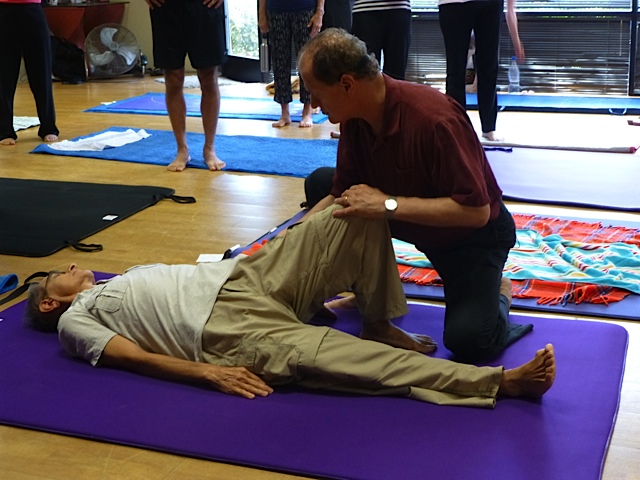 How do you reach inside yourself to create a profound and unique experience for your students and clients? How do you use yourself to create a specific feeling in a teaching situation? How can you share your passion with an audience in a way that engages them more fully? How can you utilize your doubts and insecurities as assets to create a unique teaching style?
How do you reach inside yourself to create a profound and unique experience for your students and clients? How do you use yourself to create a specific feeling in a teaching situation? How can you share your passion with an audience in a way that engages them more fully? How can you utilize your doubts and insecurities as assets to create a unique teaching style?
This workshop will show you how to become a more effective guide by preparing for surprises and challenges from the inside. You will learn how to engage your students by creating situations that are outside of their usual habits and experiences.
Finding the Core of a Lesson
Good musicians do not simply memorize and play the sequences in a musical score, they must understand the meaning of the piece they are playing in order to emphasize, interpret and improvise. The same is true for a practitioner.
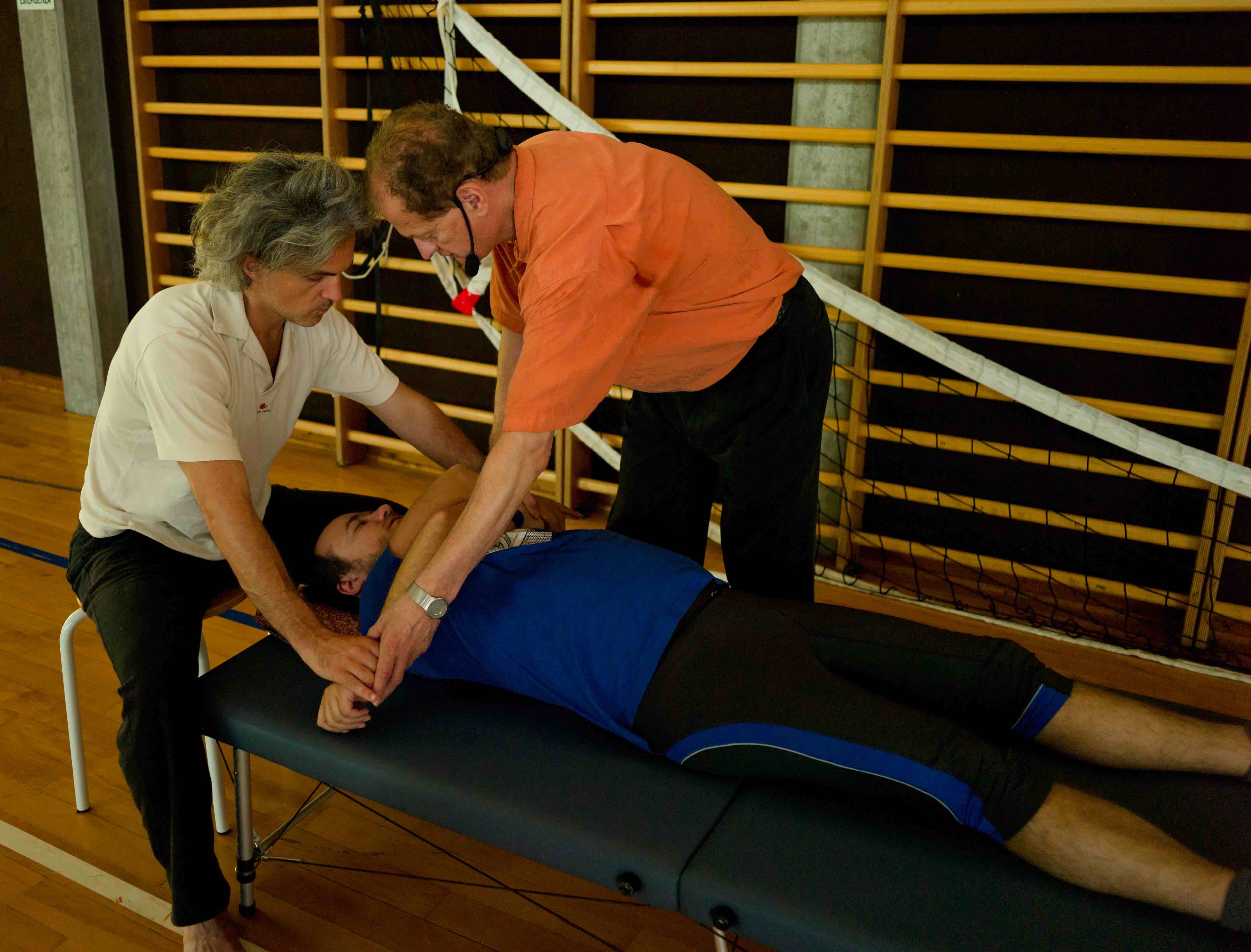 In this course, you will learn to discover the core of a lesson. Once you understand the central function of a lesson, you can adjust it to fit a wide range of groups in movement lessons or a variety of clients in hands-on lessons. Your confidence and creativity increase, as you no longer need to depend on notes or worry about getting lost in the sequence.
In this course, you will learn to discover the core of a lesson. Once you understand the central function of a lesson, you can adjust it to fit a wide range of groups in movement lessons or a variety of clients in hands-on lessons. Your confidence and creativity increase, as you no longer need to depend on notes or worry about getting lost in the sequence.
Movement lessons translates more easily into hands-on lessons if we understand the core ideas of a lesson. We will use a range of familiar and new movement lessons to identify what is central in a series of lessons as well as what is central to each lesson in a series. We will be working both hands-on and in movement lessons to physicalize the ground of our understanding. Application of these lessons to the world outside of training programs will be discussed.
Follow that Bone
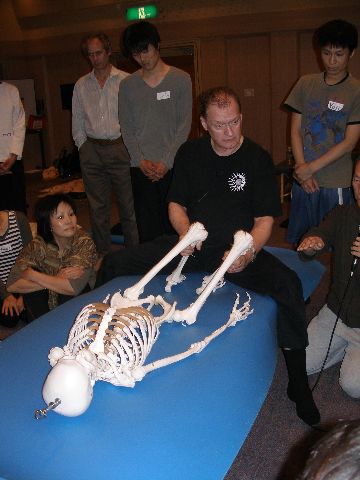 In this workshop, we will explore how lessons can be better designed by understanding in detail the relationship between anatomy and history of the human body. We will pick a bone or two and follow the evolution of perceptions and actions that gave birth to form. We will clarify how structures and functions of the body interact with the environment.
In this workshop, we will explore how lessons can be better designed by understanding in detail the relationship between anatomy and history of the human body. We will pick a bone or two and follow the evolution of perceptions and actions that gave birth to form. We will clarify how structures and functions of the body interact with the environment.
Using these insights you will learn how to develop more potent movement lessons and hands-on lessons that connect bone through muscle and brain to the environment.
This course will provide you with the tools to see and sense movement in a more precise and expansive manner and create more meaningful lessons for your clients.
The Evolution of Learning: Sequences, Transitions, and Consequences in Lessons
"Without light there would be no eyes." -Moshe Feldenkrais
"What can I do when a lesson doesn't seem to be working? Should I change to another lesson and if that doesn't help maybe even try concepts and movements from still another lesson?"
Every practitioner is familiar with these questions and with the confusion they generate in ourselves and in our clients. What options are available to us in the design of a lesson, to make transitions smooth and easy?
There are fundamental principles shared between the development of awareness in this work and the biological evolution of life on earth. We will approach the mysteries and the mechanisms of organic development and human learning in terms of similar underlying processes.
We will work with the similarities in the design and generation of movement lessons and hands-on lessons to the similarities in the emergence and development of new life forms. Understanding how consciousness, awareness, and learning evolved in the natural world can better inform us in designing more effective and generative lessons.
This will be an evolutionary learning experience.
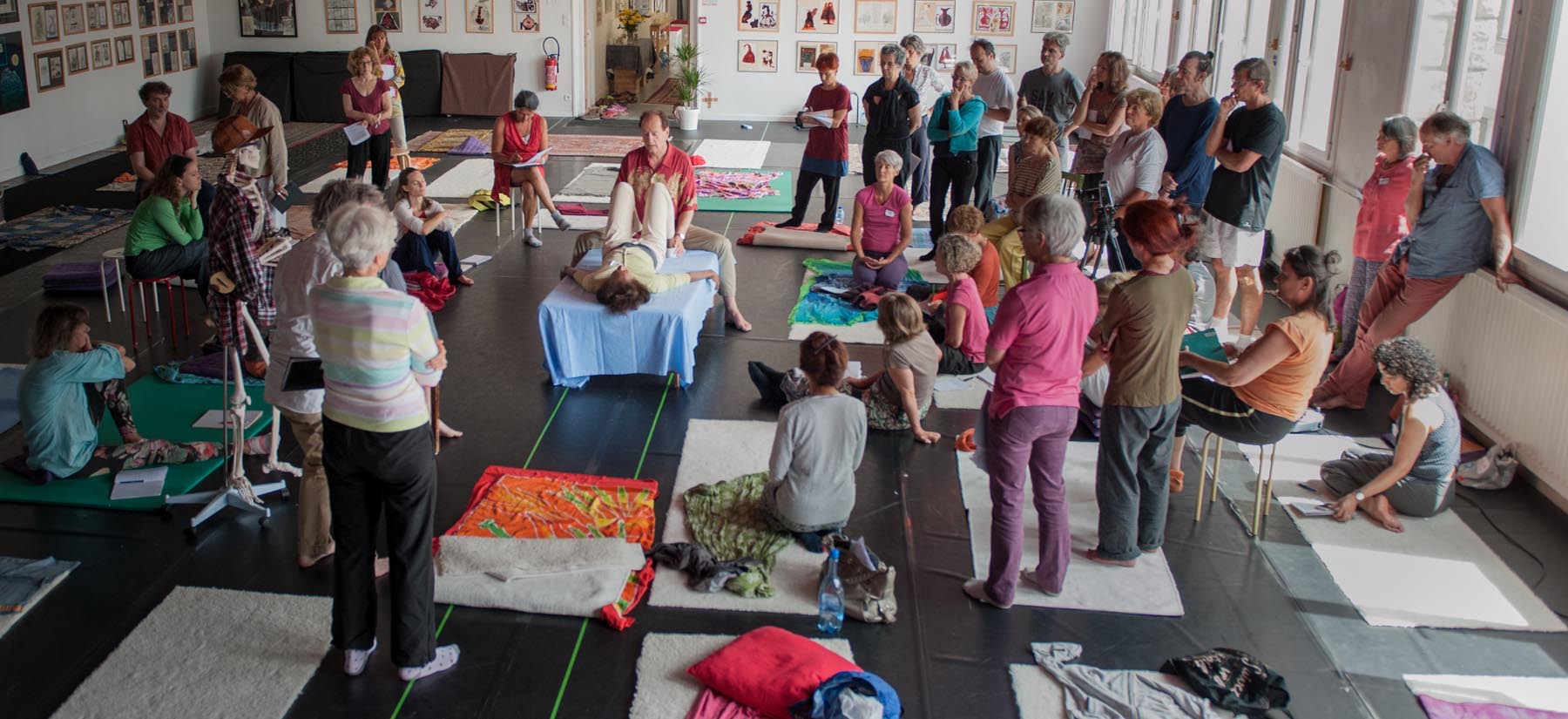
The Motor Concept: Using Motor Learning and Motor Control Theories in the Design of Lesson Plans and Themes
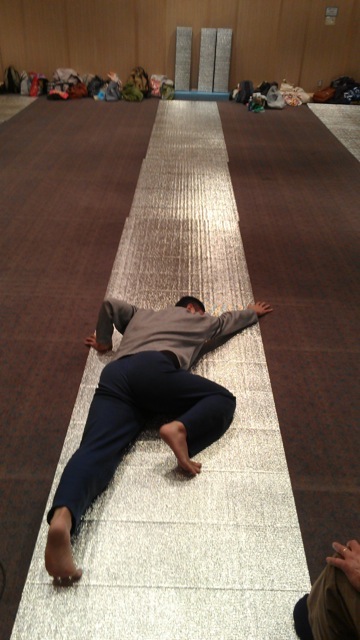 How do we learn front and back, up and down, left and right? How do we learn to time and coordinate our movements? The understanding of these temporal and spatial learning processes can prove very helpful in choosing lesson plans or predicting and influencing the outcome of a lesson.
How do we learn front and back, up and down, left and right? How do we learn to time and coordinate our movements? The understanding of these temporal and spatial learning processes can prove very helpful in choosing lesson plans or predicting and influencing the outcome of a lesson.
These spatial and temporal learnings are well mapped in research and occasionally chanced upon by practitioners who find themselves surprised by the success of a particular lesson. "The Motor Concept" was developed by Dr. Frank Wildman in order to provide a useful model to better control and predict the outcome of lessons and select lesson plans suited to the individual needs of clients.
Students will experience the Motor Concept through movement lessons and hands-on lessons.
Ligaments and Tendencies
©1996, Frank Wildman, Ph.D.
"Sensing the skeleton" and "experiencing skeletal consciousness" are notions Dr. Moshe Feldenkrais often discussed, but what exactly are the mechanisms whereby we sense the location of our bones in SpaceTime?
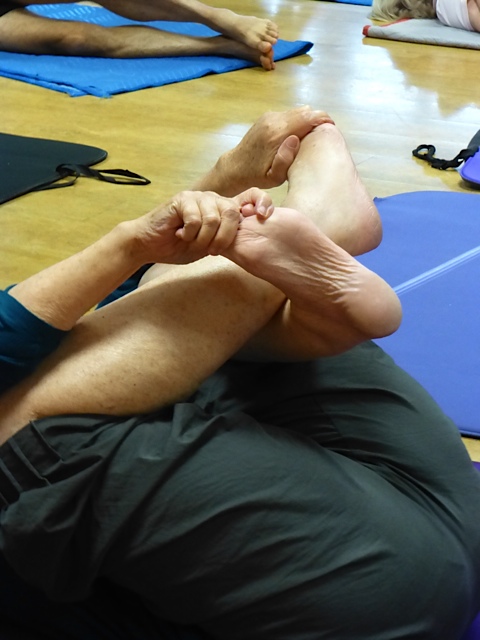 The relationship of our skeleton to muscular activities pours into the nervous system as much through receptors in the ligaments and tendons as within the joints or muscles themselves. Ligaments and tendons are not just passive connectors of our bones and muscles, they provide massive amounts of information due to their rich innervation, yet training programs rarely address how to use them.
The relationship of our skeleton to muscular activities pours into the nervous system as much through receptors in the ligaments and tendons as within the joints or muscles themselves. Ligaments and tendons are not just passive connectors of our bones and muscles, they provide massive amounts of information due to their rich innervation, yet training programs rarely address how to use them.
By working precisely with ligaments and tendons in hands-on lessons we will heighten skeletal sensations, improve joint stability, and affect motor control.
Orientation/Anxiety/Pleasure
©1996 by Frank Wildman, Ph.D
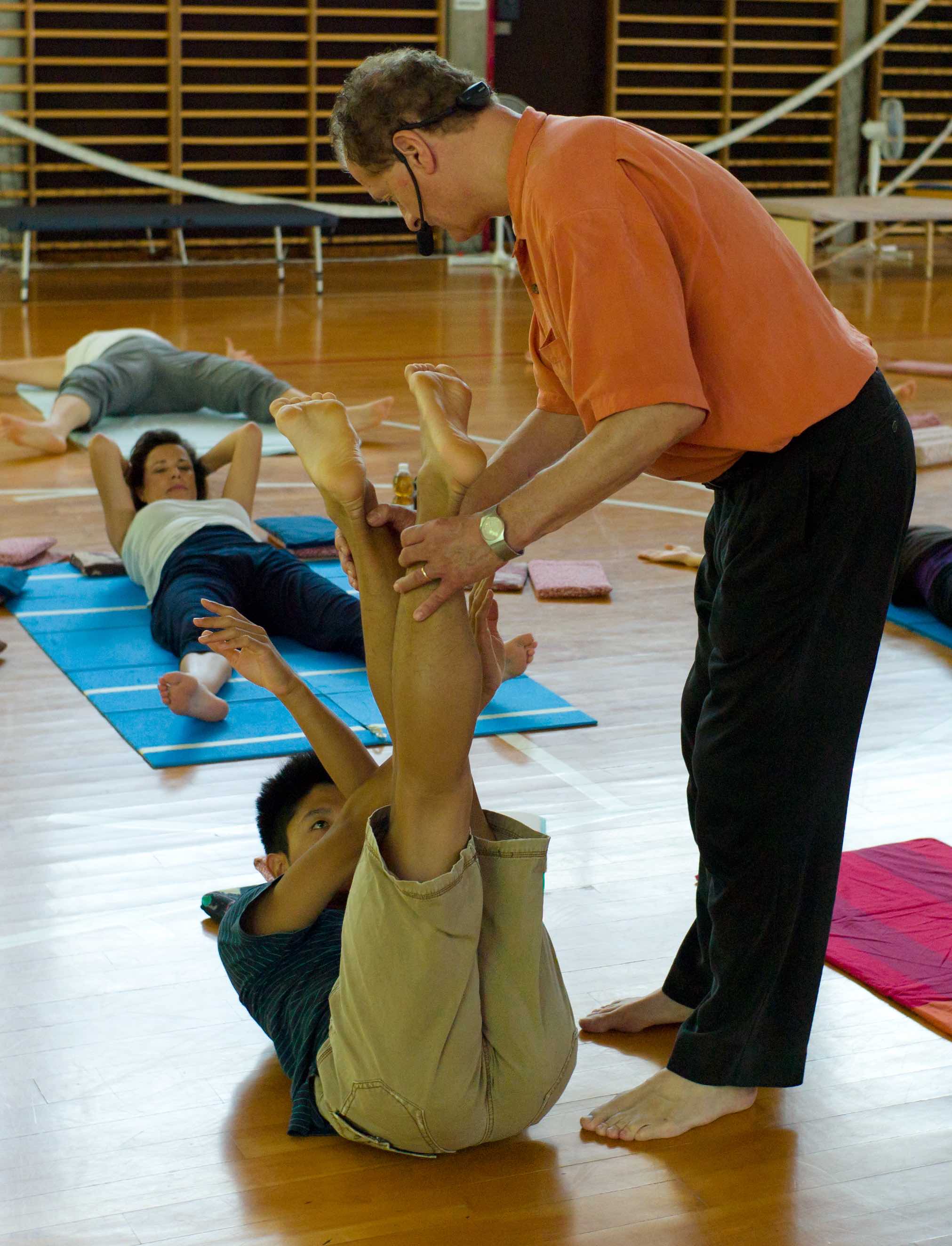 All animals must be able to orient themselves to sudden changes in the environment in order to identify potential threats. When the orienting response is effective, no anxiety arises; the fluid and uninterrupted interaction with the environment is experienced as pleasurable. When there is an interference with the orienting response anxiety is generated.
All animals must be able to orient themselves to sudden changes in the environment in order to identify potential threats. When the orienting response is effective, no anxiety arises; the fluid and uninterrupted interaction with the environment is experienced as pleasurable. When there is an interference with the orienting response anxiety is generated.
In human society, the nature of our orienting responses becomes extremely complex, involving our personal history, cultural tendencies, imagination, humor, and art. Identifying what is exciting to us, what is pleasurable and what evokes anxiety often becomes confusing, since the terms "anxiety" and "pleasure" mask a wealth of underlying bodily feelings.
In this workshop, we will deepen our work by learning to identify and utilize differing orienting responses that form the basis of postural control and social identity.
